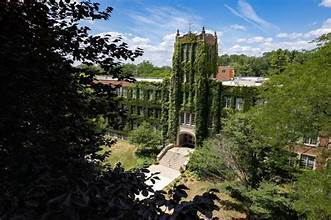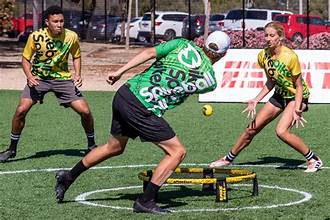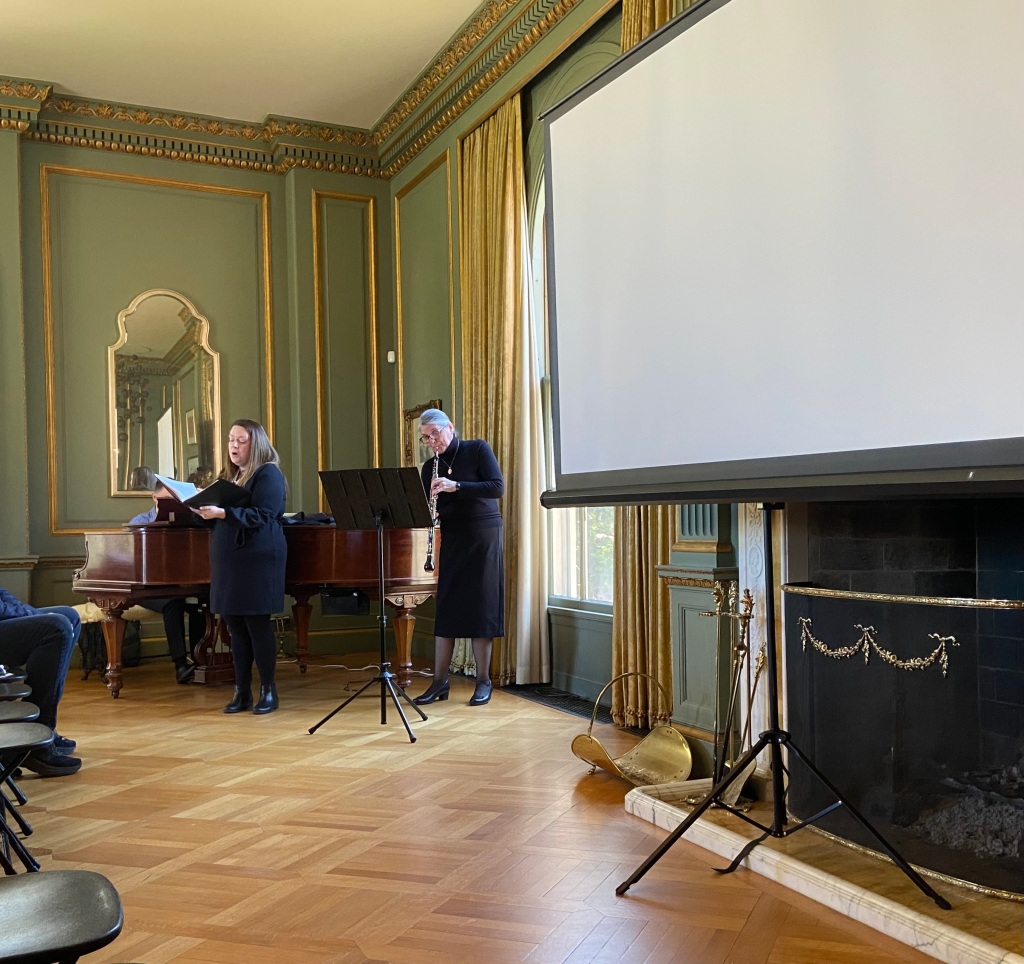
Story by Yashowanto Ghosh, Staff Writer
Photo courtesy of Rotten Tomatoes
Any time you make a movie based on a book—and especially if you advertise your movie as being based on a book—it’s a safe bet that your audience will compare your movie with the book. This means you get to make your movie with that comparison in mind: If your movie is faithful to the source, people who already love the book will love your movie too; if you creatively stray from the source, such as by improving upon the book in specific ways, or by deliberately going against the grain of the book, then you will have done creative work valuable in its own right.
It’s another story if you just film parts of the book, especially if the parts you pick don’t quite tell a whole story. And I don’t just mean that the parts of Madeleine L’Engle’s “A Wrinkle in Time” we get in the new Disney version, directed by Ava DuVernay, don’t tell the whole story of the classic young adult novel. I mean that the parts we get don’t really tell any well-constructed story at all.
The original is a slim volume—just over 200 pages in the edition our library has. The movie is a lavish affair—it was shot in exotic locations and features extensive special effects—and yet, somehow, the world of the movie feels more vacant and sparse than the world of the book, in terms of story events, episodes and characters. A lot got cut, and even those characters that did make it onto the screen are a lot less developed than they were in the book, most obviously (and painfully) so when they lack powers they used to have. Meg Murry (played by Storm Reid) no longer knows the shortcuts in math, Calvin O’Keefe (played by Levi Miller) no longer has a gift for communication, and so on. In fact, the Calvin of the movie has no clear purpose other than being Meg’s love interest, which makes one fear that Disney might have plans for filming a sequel (or more—L’Engle wrote a whole series of novels with “Wrinkle” as the starting point).
The baffling thing is that the movie disappoints in spite of all-around solid performances from the cast. Reid brings a powerful presence to the screen, Deric McCabe as Meg’s younger brother Charles Wallace is convincing, and even Miller is memorable, in spite of the flat writing of his character. Reese Witherspoon as Mrs. Whatsit and Mindy Kaling as Mrs. Who are both delightful, and Oprah Winfrey as Mrs. Which is larger than life—literally so in her first scene in the movie.
And it’s not as though the problem didn’t get solved because not enough money was thrown at it—the budget, according to IMDB, had nine digits. My best guess is that it’s the fault of bad writing, by which I mean that it felt a lot like an early draft of a fiction piece, when the person who brings it to workshop says, “Yeah it’s just a first draft, I’ll figure it out as I revise.” In fact, if you try your hand at fiction now and then, it might be instructive to go watch this movie as an example of what such a work in progress might look like to someone who‘s reading it cold.
But my advice to all others is to wait it out until this epic makes its way to a TV near you.
About the Writer…
 Yashowanto Ghosh is a senior with a major in communication and minors in journalism and writing. Jasho is also an alumnus of Aquinas (B.A. German ’11).
Yashowanto Ghosh is a senior with a major in communication and minors in journalism and writing. Jasho is also an alumnus of Aquinas (B.A. German ’11).





Leave a comment